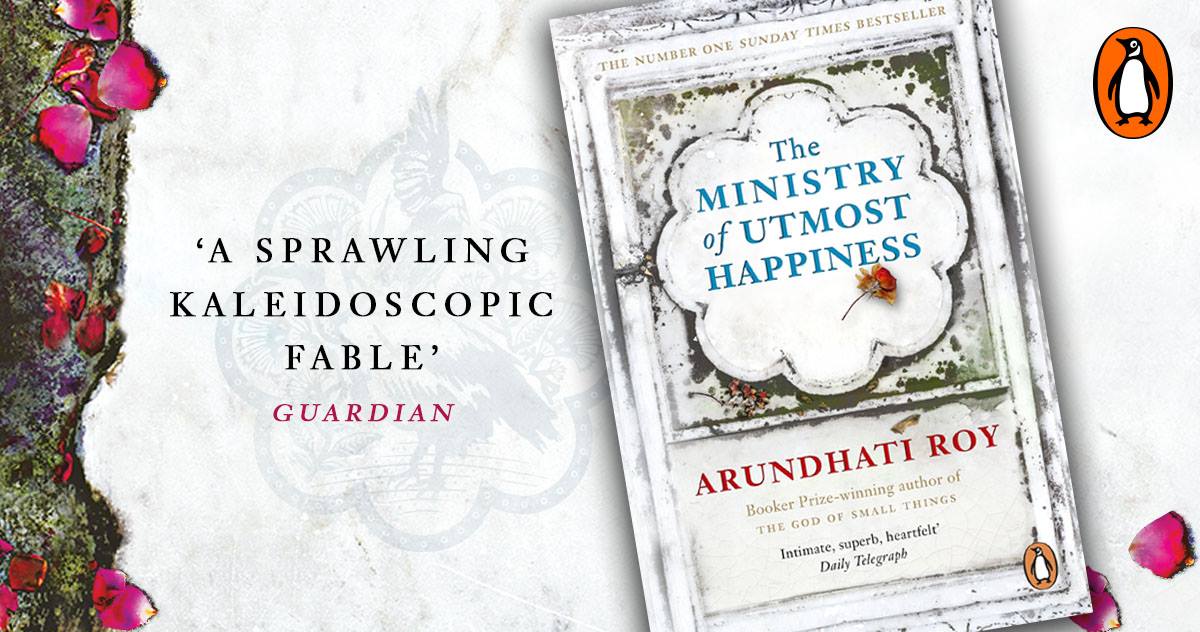Arundhati Roy states: “It made for a perfect war -a war that can never be won or lost, a war without end.”
After the immense popularity of her debut novel, ‘the god of small things’ went on to win the booker prize in 1997. Arundhati Roy took a long hiatus from fiction for 20 years. The author/political activist kept herself busy by protesting against Hindu nationalism in India, speaking for the Kashmir political issue, and writing many political articles and essays. In retaliation, she was met with sedition charges by the Indian government. Naturally, she had only so much time to focus on writing.
Her second novel ‘The ministry of utmost happiness’ released in 2017. Much like its predecessor, the theme of this novel is political and deeply rooted in Indian culture and customs.
The novel is written in Arundhati’s classic haphazard sentences crafted together like a puzzle that only makes sense when put together. If you’re looking for a story, this book might disappoint you. Unlike the charm of the god of small things that revealed itself in bits and pieces, the ministry of utmost happiness tries to achieve that level and fails. There is no good story or structure, but the book is full of moving imagery and visuals ranging from the chaotic streets of Old Delhi to the peaceful and calm valleys of Kashmir.
The book begins with its main character, Anjum. Anjum is a transgender person who was born Aftab and lives in a graveyard. The reason behind Anjum’s living conditions is revealed throughout the book. Although Anjum is alone, she is rarely unaccompanied by another character in her cemetery.
The book is a letter to Kashmir and all the woes of this beautiful valley. What makes the Kashmiri youth hold stones instead of pens? What divides them into jihadis and fugitives against their homeland? Arundhati Roy has shown her rigid stand for peace in the valley over the years, and she beautifully portrays the situation to readers who might not be sympathetic to the cause.
When Anjum is a child, her family disowns her because of her body. She moves into khwabgah, or the palace of dreams, where she lives with the other ‘hijras‘. They form a family together, and for the first time, Anjum has found happiness. This happiness is short-lived when Anjum is sucked into the burning hatred between Hindus and Muslims in Old Delhi, forcing her to trade her heavy ethnic Indian suits for a Pathani kurta pyjama, to leave her home and move into a graveyard.
The book is a result of Roy’s research into the Kashmir conflict over the years. It shows how this isn’t an issue that can be solved by meaningless discussions or merciless beatings of the youth. Her complex way of writing, making the mundane seem entertaining, shines through as always. It is a book worth reading once to understand the history of India and the religious conflicts in a more profound sense.
